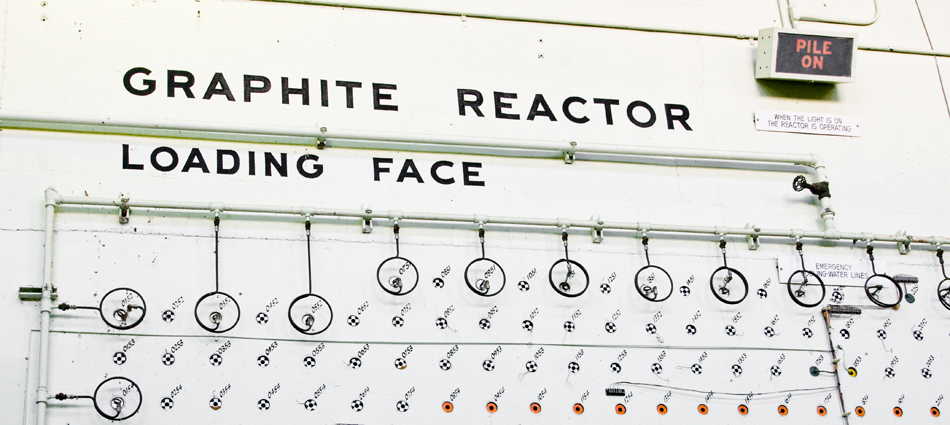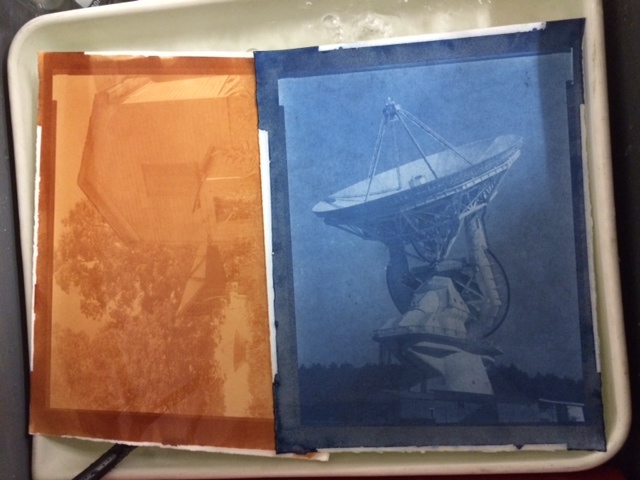Nick Russell photographer | writer | science lover | travelernick at nhvzr dot net
Nuclear History
Nuclear physics and the context of its development during World War II and the Cold War continue to drive fantasies and the reality of scientific research. By artistically documenting historical research apparatus, isotope production facilities, and disaster sites, I hope to shed light on the tremendously difficult questions raised by the application of nuclear energy in the 20th century.
To date, trips have included the Trinity Test Site, the Department of Energy’s Hanford Site, Chicago Piles 1 and 5, the Graphite Reactor at Oak Ridge, and (in November, 2015), the Chernobyl Exclusion Zone. All of these sites serve as reminders that the legacy of nuclear history will last at least as long as civilization.
The Chernobyl nuclear disaster released the approximate radiological equivalent of a 15 megaton nuclear weapon – the same size as the largest bomb in the United States arsenal during the Cold War. Along with the nearby abandoned city of Pripyat, the plant and town still stand testament to the terrible power of mishandled nuclear energy, a stark reminder of the existential danger of the Cold War. In the United States, meanwhile, the Hanford plutonium production site has been the subject of the world’s largest and most expensive environmental cleanup effort, as enormous and sometimes leaking containers of highly radioactive waste are carefully decontaminated over the course of decades.
I have begun making prints using uranium as the light sensitive metal in order to render these scenes in the element that enabled the release of nuclear energy on an industrial scale. A common process in the 1800s, uranotypes largely disappeared after the development of other chemistries for darkroom prints. Today, they are being revived (most notably by Morgan Post) as an alternative process alongside more common methods like platinum/palladium printing and cyanotype.
My review of Eric Schlosser’s Command and Control: Nuclear Weapons, the Damascus Accident and the Illusion of Safety was published by the New York Daily News in 2013.

